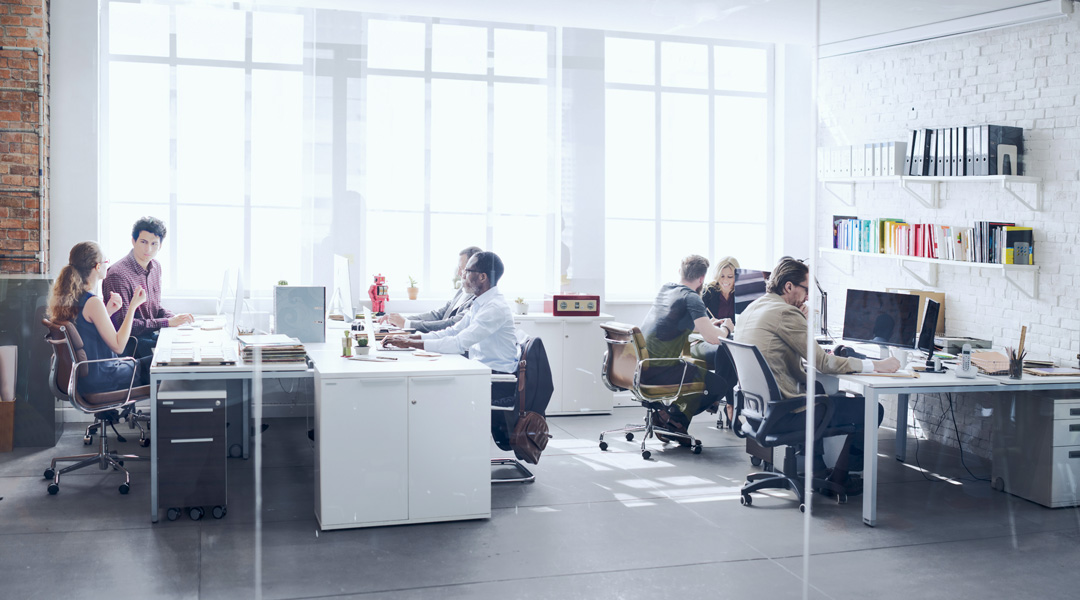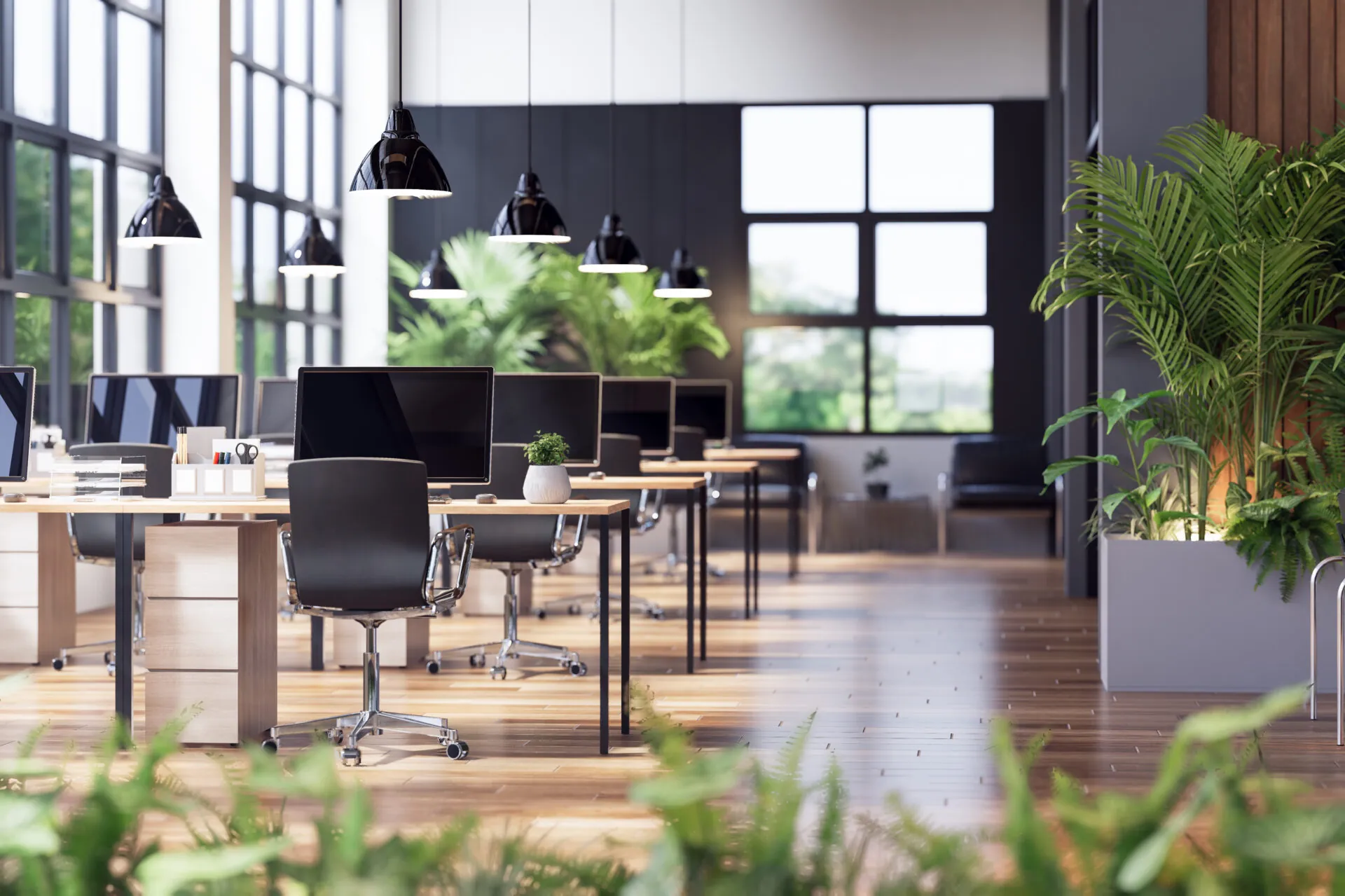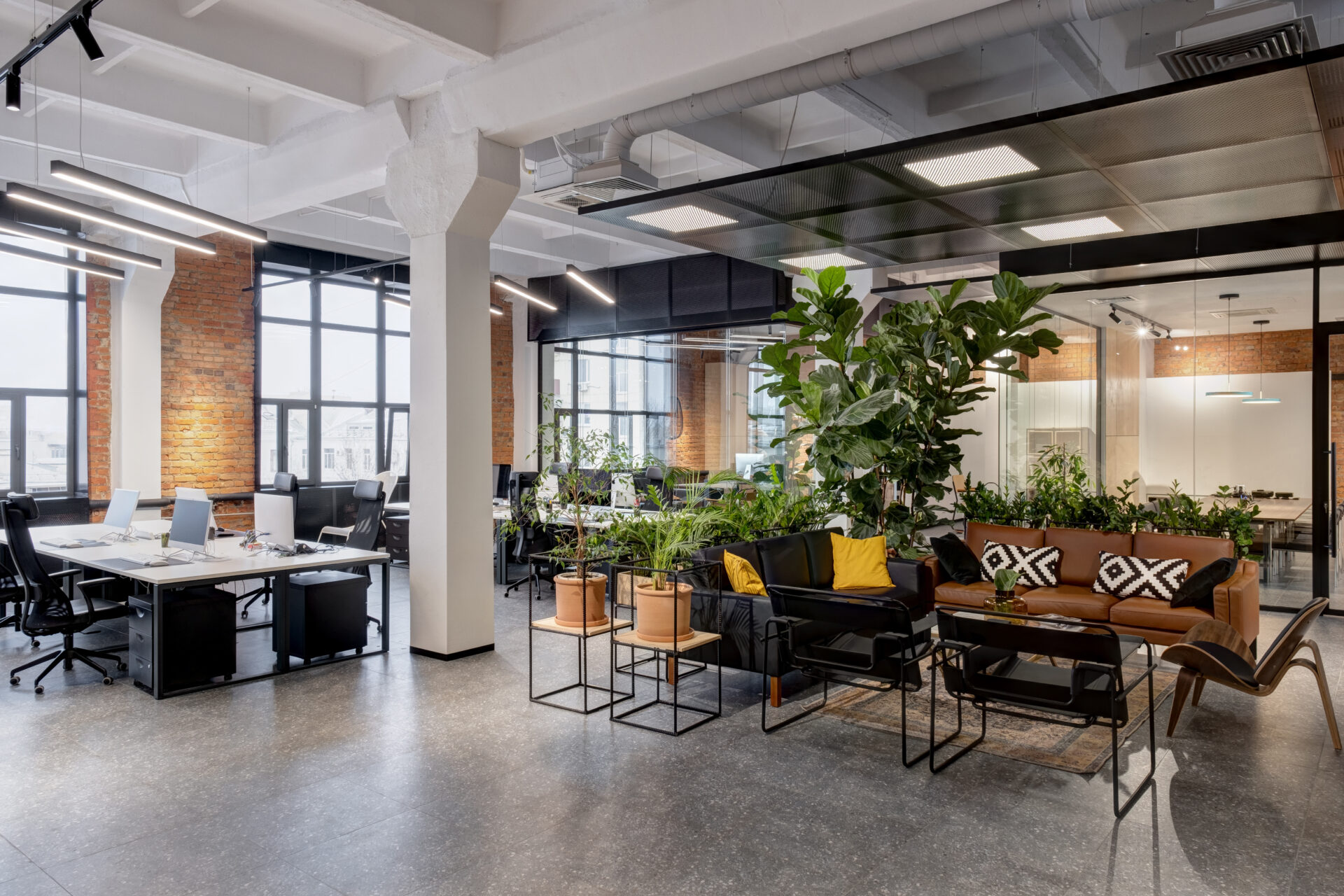
A Safer Workplace is a Connected Workplace
There is a lot of confusion about real-time workplace data. When R-Zero talks real-time, we mean it. Our sensors update to the cloud instantaneously when a seat or space becomes occupied or vacated. Why is this important? Because real-time data will run the future office. Making data available to staff can alleviate fears and build trust. Real-time data will drive how people find a place to work that hasn’t been used yet that day, how workers will find the right amenities on the fly, how facility managers direct cleaning services, and even how HVAC operates. Ultimately, it has the potential to link all efforts around health, efficiency, and safety.
We have spoken with or polled hundreds of CRE executives over the past 10 weeks to understand how they are planning for the pre-vaccine phase of workplace re-entry. The general sentiment is that companies reoccupying their workplaces will only utilize up to 50% capacity to accommodate social distancing at workplace standards, and employees will initially be allowed in only on certain days. New polling now shows that 69% of companies plan to shrink their footprint In response to the reduced occupancy. This presents them with an interesting problem: How to accommodate your entire staff over the course of the week with fewer desks?
The Original Activity Based Working
We have been long proponents of the activity-based working approach. We were sold on it in 2014 when our first study monitored an ABW office that proved moving teams around could help save them an additional $5M per year in RE costs. Plenty of studies support the mental and physical health benefits of ABW. So, this is a great starting point for companies facing CRE space constraints combined with health concerns.
We also believe that by nature, ABW workplaces are cleaner so we asked our friends at HuddleHQ. They confirmed that the ABW they created for a California-based biotech firm proved to be more sanitary than a traditional assigned office environment. Why? Clean desk policy along with visible and increased frequencies of janitorial services addressing entire office space, to begin with.
When cleaning is an afterthought, it can be detrimental to productivity. Joseph Allen’s research finds that a single environment pollution source like dirty carpet leads to a 6.5% decline in performance speed and increased headaches! Promoting environments with moving air, people, and energy is clearly important.
The New Dynamic Workplace
We believe we are defining a new age of flexible working. We all understand that many people hate open office floorplan. The initial roll-out of the open office failed because the design resulted in cramming a bunch of benching desks in less space without an adequate mix of support spaces. The new office will respect personal space, support task diversity, and prioritize health-based safety. The new ABW will be the Connected Workplace.
Pre-Covid19 (do you remember that time?), an HBR survey of 1600 employees on preferred workplace wellness perks highlighted that air quality was at the top of the list while fitness facilities and tech-based health tools (like apps that remind you to stand) were dead at the bottom. By a margin of 42% to 28%, respondents would rather be able to personalize their work environment than opt for unlimited vacation.
What do Employees Want to Have Control Over?
Specifically, what employees want to have some control over is temperature, lighting, and noise levels. This means that workers want to have a diversity of spaces that meet the demands of the task at hand- a phone booth for a quick call, a quiet pod for a writing task, a whiteboard space for a brainstorming session with teammates, a conference room for your presentation, and a desk for emails. Work today can all be done from a desk, but that is not why staffers are clamoring to get back into the office. They want ergonomic furniture, colleagues, and a variety of spaces that help them feel proud of their work.
Today, the workplace is fairly analog. If you look at the fact that vacant buildings are still consuming 80% of their normal energy draw, you can’t dispute this fact. At R-Zero, we know that adding office sensors to the office drives ROI to 3 key departments for the tenant: real-estate, facilities, and human resources all reporting up to finance and the business’s bottom line. With sensors, the staff is connected to the workplace in real-time, and the building is connected to the staff. Here are some examples:
- Facility mgmt uses daily utilization data to inform janitorial staff where to clean.
- Real-estate uses vacancy & peak occupancy analytics for strategic planning of future moves. Use daily data to manage occupancy levels in rooms, floors, and buildings.
- Real Estate & IT use real-time data for room optimization and building seamless workplace experiences
- HR ultimately wants to retain its staff and facilitate the development of productive teams. By enhancing the workplace experience, HR can reduce turnover.
What does the above have to do with worker health, safety, and their temp, lighting, and noise preferences? This brings us back to real-time data. R-Zero’s platform is the only technology that offers truly instantaneous data on currently available spaces. Ask most sensor vendors and you’ll find out that their tech updates every 1, or 10 minutes, or somewhere in between; R-Zero is real-time.
Final Thoughts
With real-time data, workers can find a space to work that suits the task at hand. Not only can they find it on-the-fly, but they can be confident in the fact that someone else isn’t there, and it has not been used yet that day. This means frictionless task transitions and health assurances. We are seeking to close the loop between challenges that impact HR, facilities, and CRE. Using a data-driven approach to prove that space was sanitized (down to the desk level) after its last use will help workers feel protected when they return to the office. Providing them with real-time data on other nearby occupancy levels will also help them make decisions that will ultimately help them feel safe and in control.
We have an opportunity to design the workplace you’ve always wanted. One that is efficient, leaves a lighter carbon footprint and promotes individuality. We are here to help. Request a demo today to see how our workplace utilization solutions can help your company.
More posts you might like
-

Why should I improve indoor air quality (IAQ) & indoor environmental quality (IEQ) in my buildings?
The Importance of Healthy Indoor Air Quality Clean air and proper ventilation indoors is crucial for the creation of high-performance work places, classrooms, and healthcare environments. It’s also essential in fostering comfort, productivity, and well-being for your building occupants. Imagine walking into a building optimized for health and comfort. The air feels fresh and light. […]
-

How to Improve Indoor Air Quality in Your Buildings
As a building owner or operator, ensuring optimal indoor air quality (IAQ) in your spaces is essential for the well-being and productivity of your tenants and occupants. To help you get started, here’s a guide to ensure you are meeting indoor air quality standards across your real estate portfolio. Understanding Indoor Air Quality Standards To […]
-

The importance of indoor air quality testing in office buildings
In today’s workplace, ensuring a healthy and productive environment for employees is crucial. One of the most significant factors influencing workplace well-being is indoor air quality (IAQ). As part of our focus on smart buildings, R-Zero offers advanced indoor air quality testing solutions like the R-Zero IAQ Monitor, designed specifically for enhancing occupant comfort and […]

